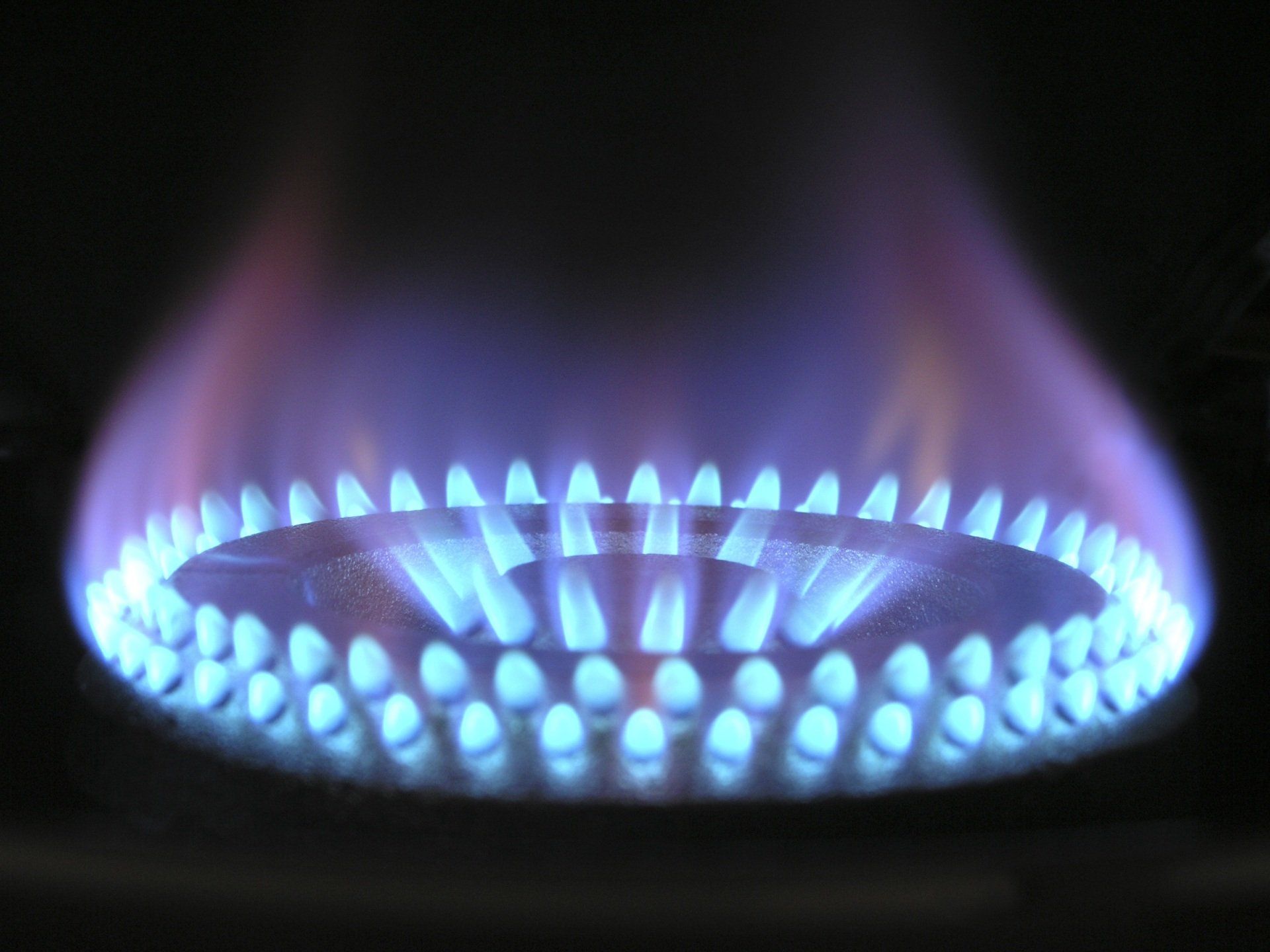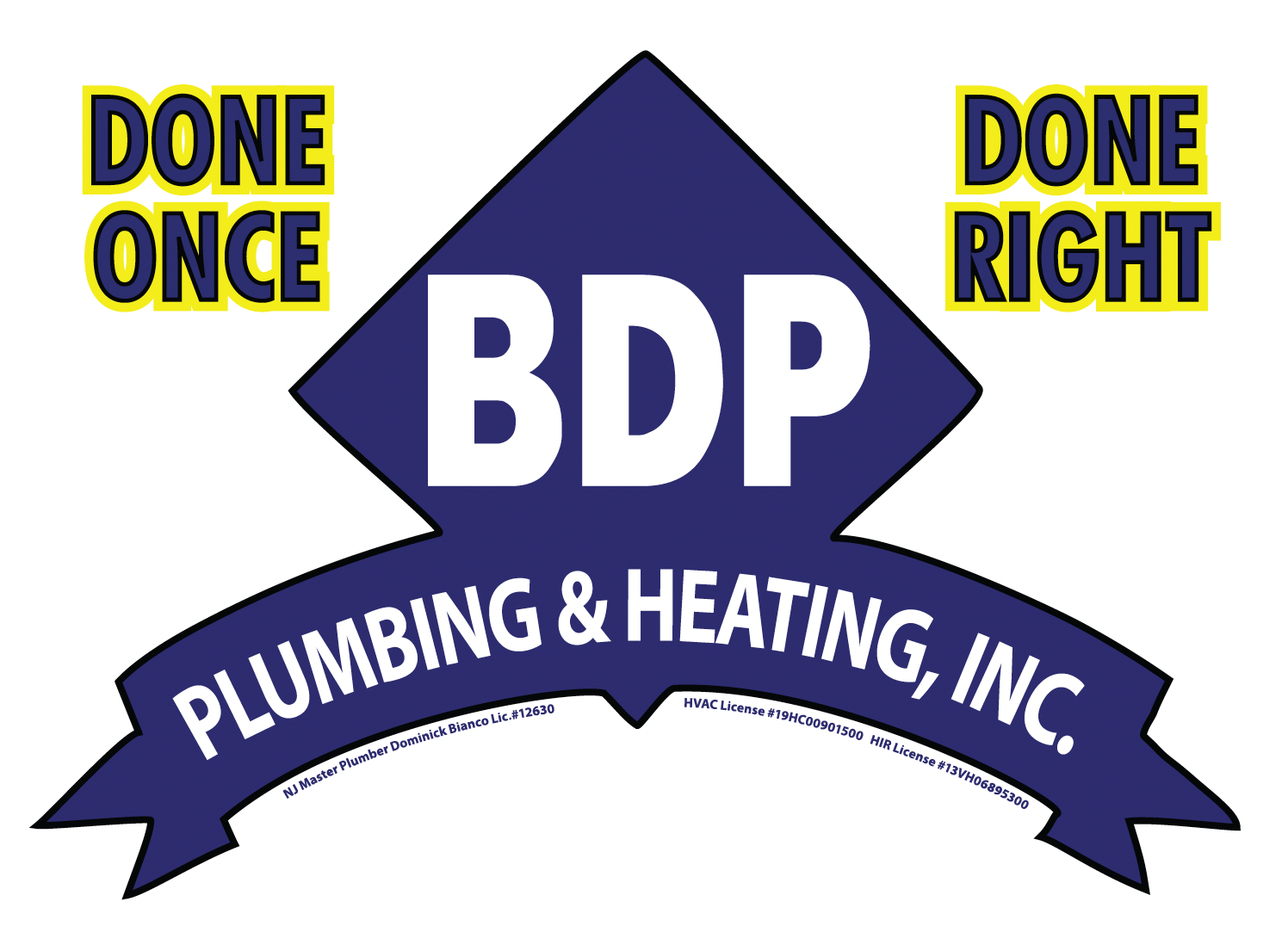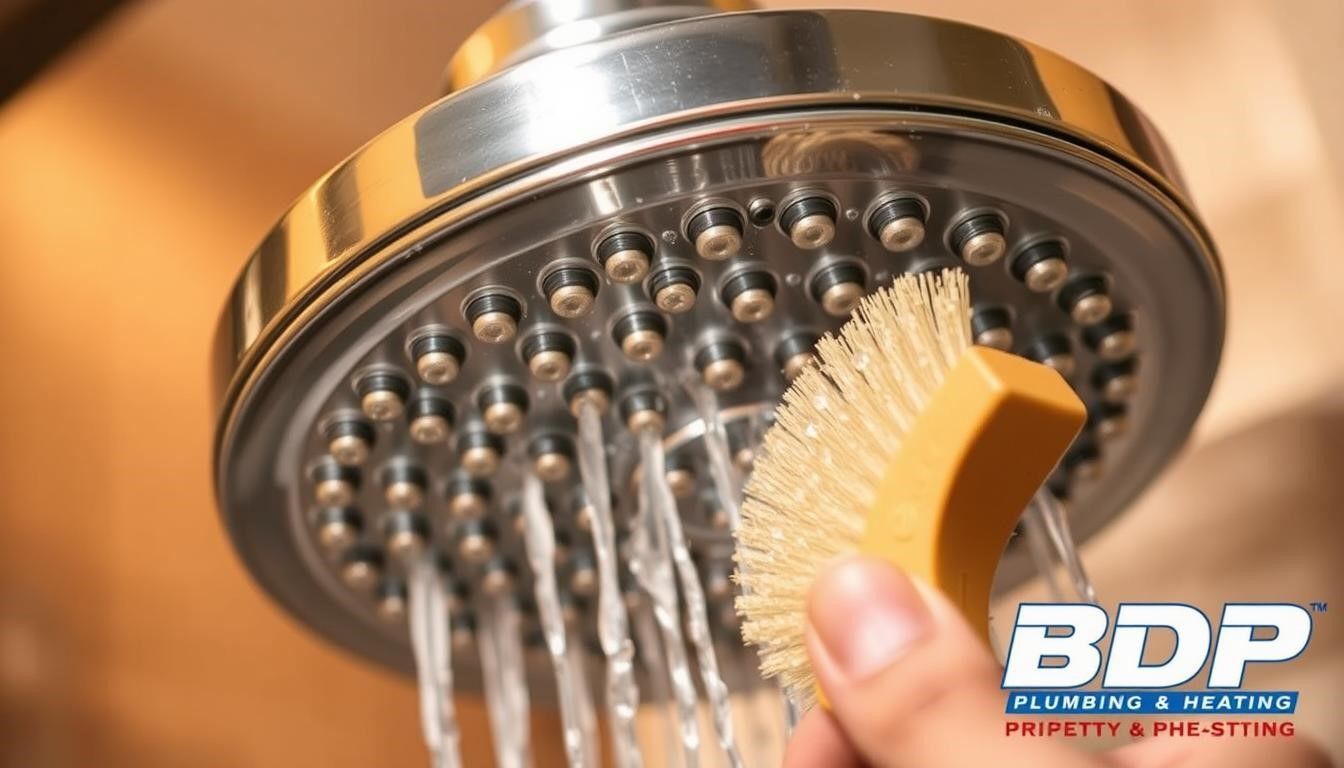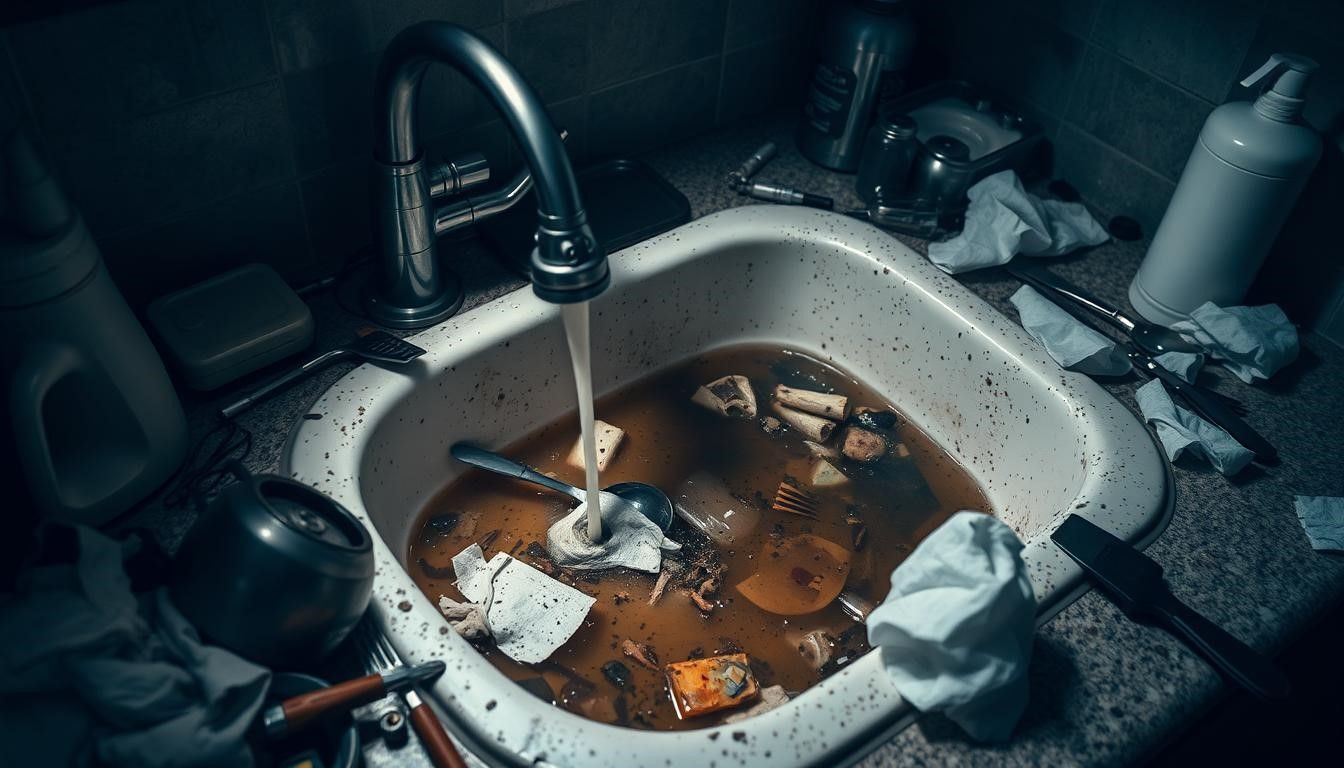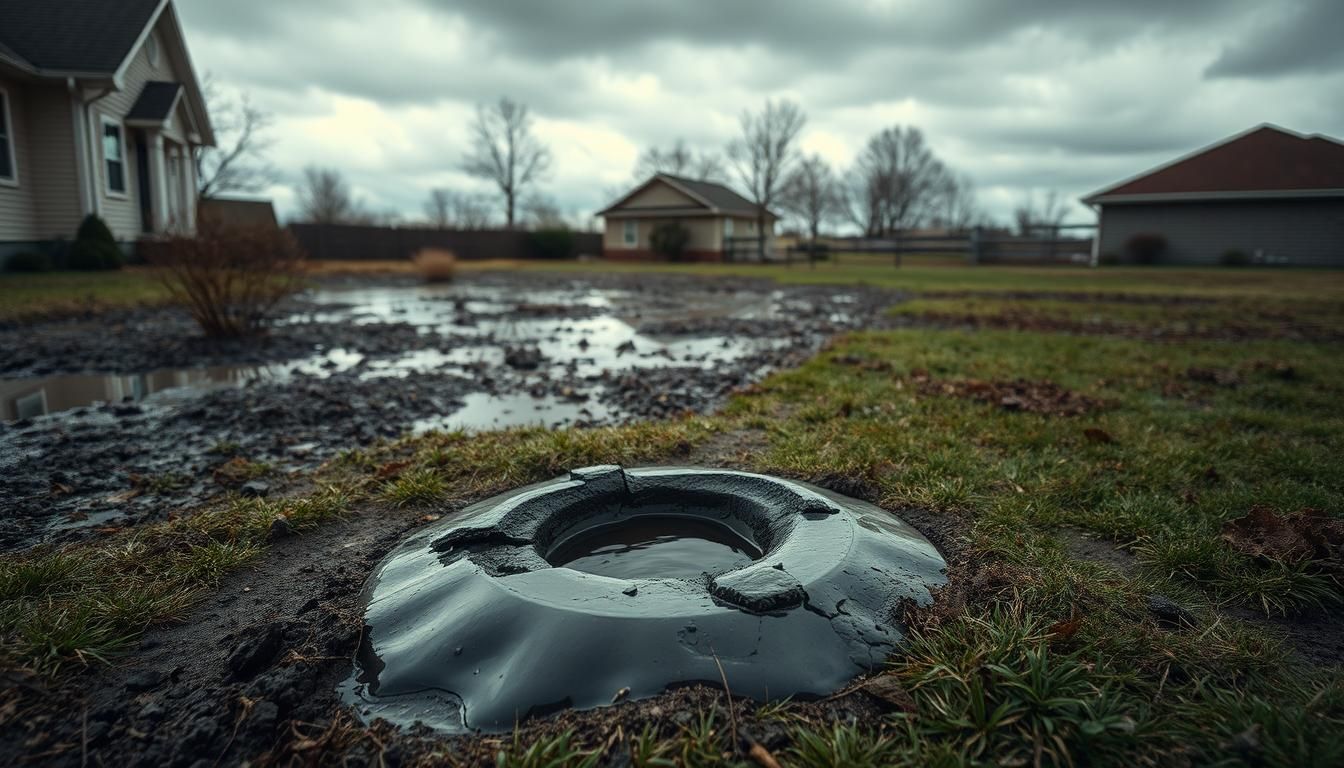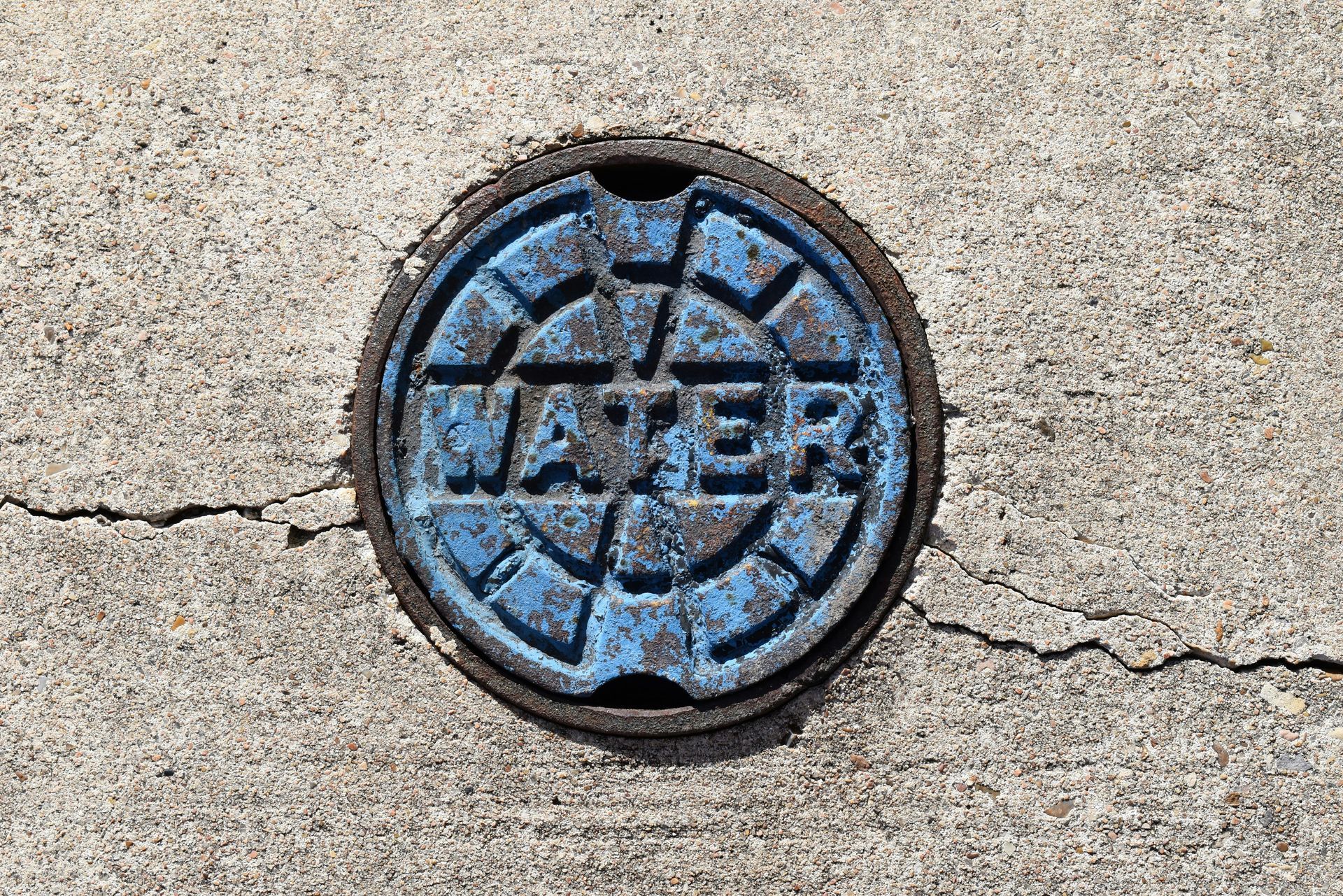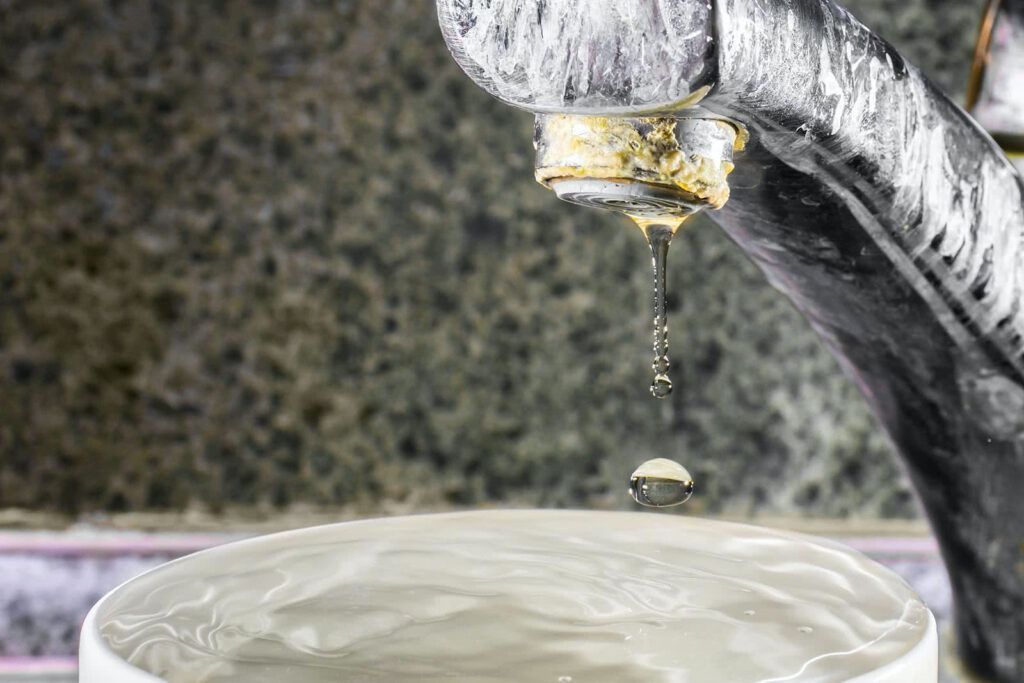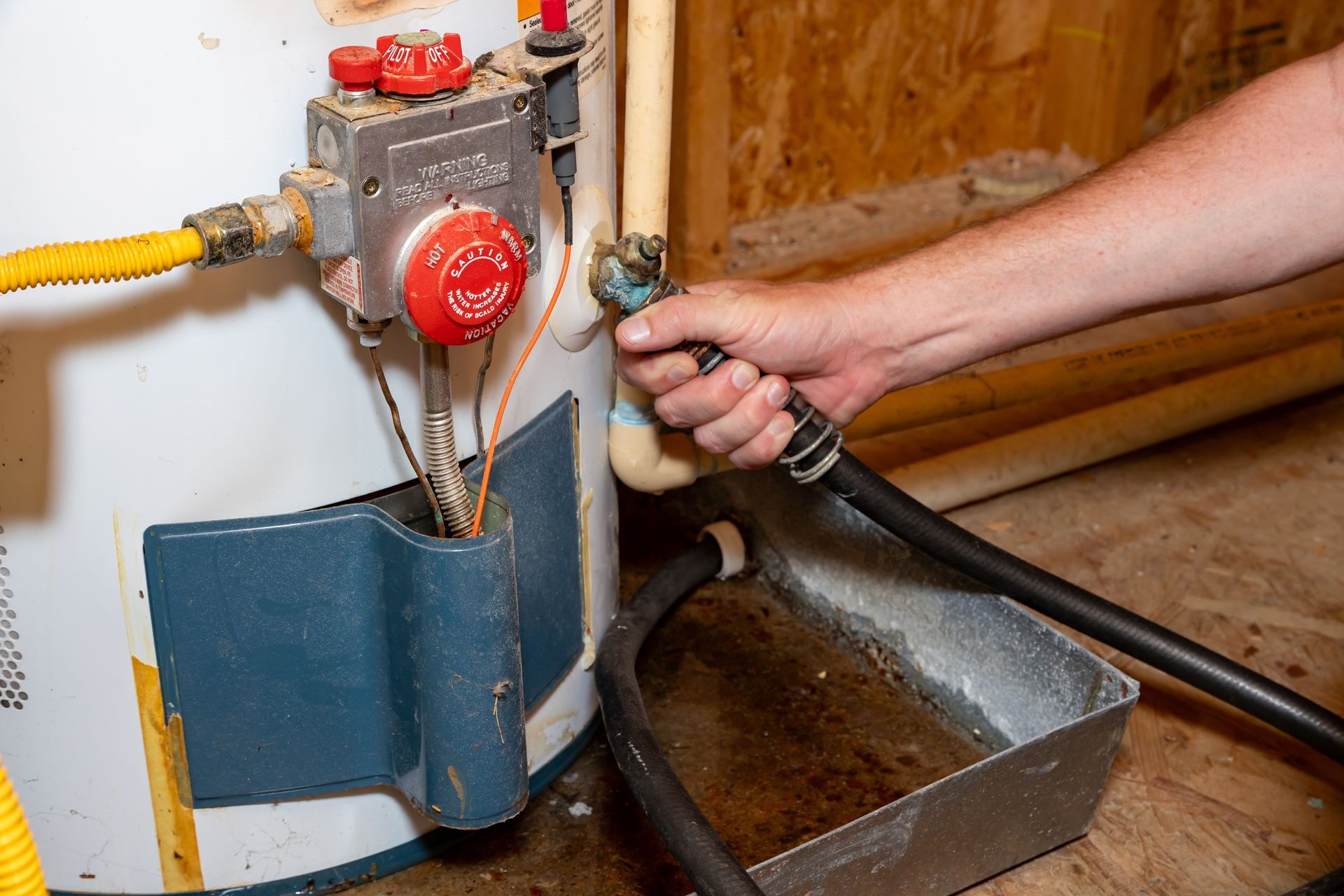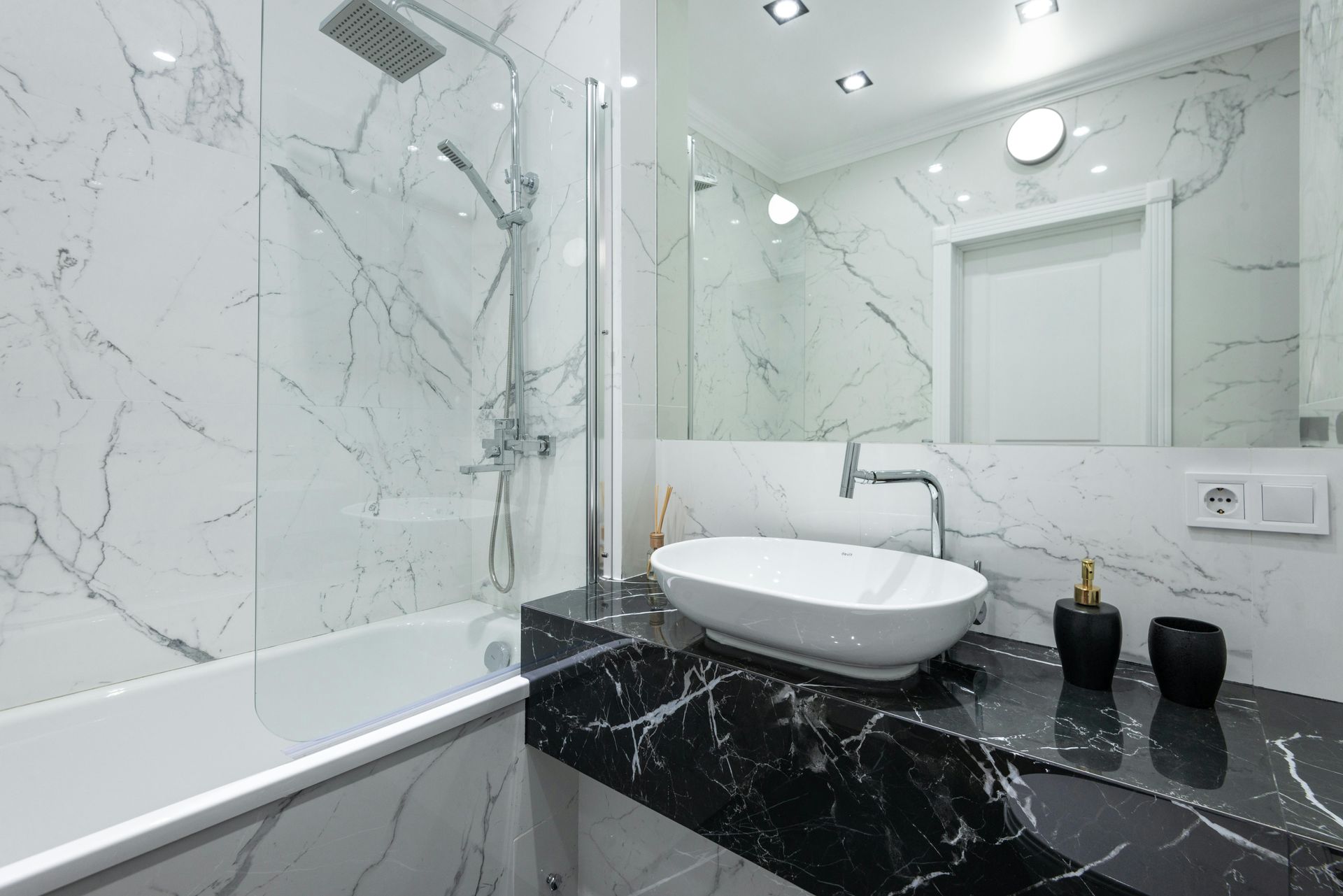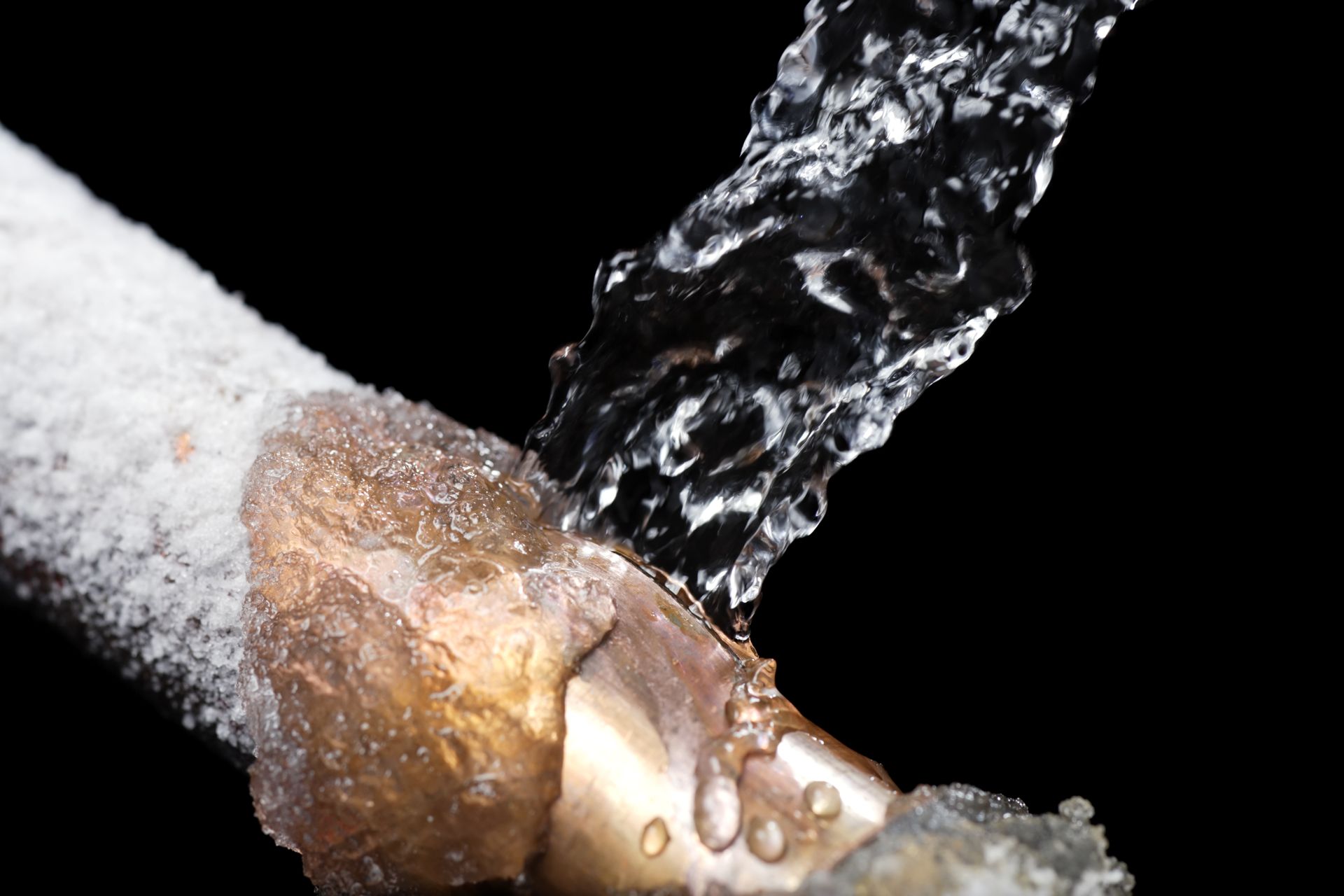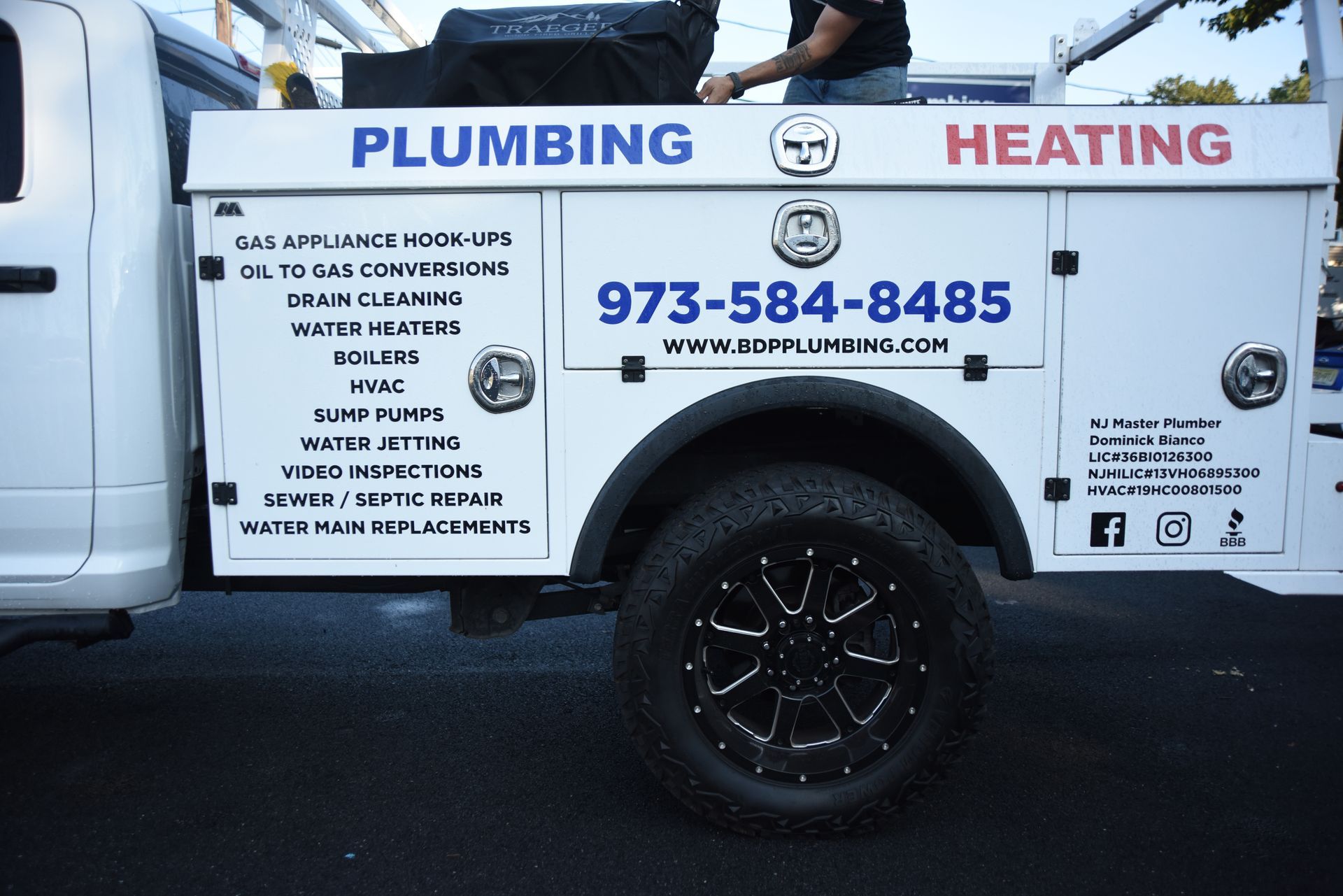Why is my Garbage Disposal Leaking?
Finding a puddle under your sink can be a frustrating surprise. If you've noticed water around your unit, you've come to the right place. Let's figure out what's going on together.

A leaking appliance is a common kitchen problem many homeowners face. It's understandable to feel concerned, but there's no need to panic. Most of the time, this issue is something you can handle.
Addressing a leak quickly is important to prevent potential water damage to your cabinets and floor. The good news is that many of these issues have simple, low-cost solutions. You might be able to fix it yourself in under an hour.
This guide will help you identify the source of the problem. We'll walk through the common causes and show you how to diagnose where the water is coming from. You'll gain the confidence to decide on the best next step for your home.
Key Takeaways
- Act quickly to prevent damage to your kitchen cabinetry and flooring.
- Many leaks are simple to fix yourself with minimal time and expense.
- Correctly identifying the leak's source is the most important first step.
- Understanding the cause helps you decide between a repair or a replacement.
- This guide will provide a clear, step-by-step approach to resolve the situation.
Understanding the Signs of a Leak
The cabinet under your sink should stay dry - any wetness there signals a potential problem. Recognizing these early signs gives you the advantage of addressing issues before they become major repairs.
Visual Clues: Water Pooling and Damp Cabinets
Puddles forming on the cabinet floor after using your appliance are the most obvious signs of trouble. This water escaping from the system needs immediate attention.
Damp or soggy cabinets shouldn't be ignored. Moisture can quickly lead to mold growth and wood rot. Check for stains, discoloration, or warping on cabinet surfaces.
Unusual Noises and Odor Indications
Listen for dripping or trickling sounds when the unit runs or after it's turned off. These unusual noises often point to leaks in the system.
A rotten
food smell coming from under the sink is another red flag. Standing
water creates an environment for bacterial growth. Musty odors indicate moisture problems that need investigation.
Addressing these
signs quickly prevents
damage to your
kitchen cabinetry. Small issues can escalate if left untreated.
Common Causes of Garbage Disposal Leaking
Several factors can lead to unwanted water escape from your kitchen unit. Understanding these common reasons helps you identify the source quickly.
Most problems fall into two main categories. Internal component wear and external connection issues account for the majority of cases.
Worn-Out Internal Seals and Corrosion
Internal seals are crucial components that keep water contained. Over years of service, these seals face constant exposure to water, food particles, and pressure changes.
This gradual wear leads to deterioration. Corrosion and rust can develop, especially in older units or those with poor maintenance.
Cracks may form in both internal parts and the outer casing. Once this happens, leaks become inevitable and require attention.
Loose Connections and Faulty Gaskets
External connections are another frequent source of trouble. The discharge pipe or drain lines can become loose over time.
Rubber gaskets that create watertight seals can harden or crack. The sink flange connection may weaken as plumber's putty or gasket seals degrade.
Overuse and improper food disposal strain the entire system. Knowing these common
reasons helps you pinpoint your specific situation.
Identifying the cause is the first step toward an effective solution. Most
issues have straightforward fixes once you understand the root problem.
Diagnosing the Leak Location
Let's roll up our sleeves and get to the bottom of where that water is coming from. Finding the exact source is the most critical part of the fix. A careful, step-by-step approach makes this easy.
Start by ensuring your safety. Always turn off the power to the garbage disposal at the circuit breaker before you begin. This simple step prevents any accidents.
Clear out everything from the cabinet under your
sink. A clean workspace helps you see clearly and keeps your belongings dry. Place a bowl or bucket underneath to catch any drips.
Step-by-Step Inspection Process
Thoroughly dry the entire unit, pipes, and connections with a towel. You need a dry surface to spot new moisture. This is your baseline.
Next, perform a simple water test. Stop up the
sink
drain and fill the basin with a few inches of
water. Peek underneath. If the
leak stops, the issue is likely in the
drain pipes, not the appliance itself.
Identifying Leaks at the Sink Flange, Drain, or Base
Now, remove the stopper and let the water flow. Watch closely with a flashlight. Check the top connection, or flange, where the unit meets the sink.
Then, inspect the side where the
drain
line connects. Finally, look at the very
bottom of the appliance. For slow drips, place dry paper towels under these spots. They will show you the exact
source of the problem.
This methodical check saves you time and money by pinpointing the real issue.
Troubleshooting "Garbage Disposal Leaking" Issues
The location of escaping water provides crucial clues about whether you're facing a simple fix or a more complex replacement situation. Proper assessment saves you time and money.
Once you know where moisture appears, you can determine the best course of action. Different positions indicate different levels of repair complexity.
Assessing Top, Side, and Bottom Leak Scenarios
Water at the top rim suggests worn plumber's putty or a damaged rubber gasket. This connection point between your sink and the unit often fails over time.
Side moisture typically comes from loose drain line connections. The metal clamps or rubber gaskets may need tightening or replacement.
Bottom leaks around the reset button area signal internal seal failure. This is the most serious scenario requiring careful consideration.
| Leak Location | Common Cause | Repair Complexity | Typical Solution |
|---|---|---|---|
| Top Rim | Worn sink flange or putty | Low - DIY friendly | Reseal with fresh putty |
| Side Connections | Loose clamps or gaskets | Medium - Some DIY skill | Tighten or replace components |
| Bottom Area | Internal seal failure | High - Professional recommended | Often requires unit replacement |
Using Simple Tools for a DIY Check-Up
Basic household tools can help you assess the situation. A flashlight provides clear visibility under the sink area.
Keep screwdrivers and wrenches handy for testing connections. Dry towels help identify slow drips during your inspection.
Understanding your specific leak scenario guides you toward the most effective solution. Proper assessment prevents unnecessary expenses.
DIY Repair Techniques for a Leaking Garbage Disposal
Ready to tackle that annoying drip with some hands-on solutions? Many connection issues have straightforward fixes that require basic tools and minimal expense. With proper safety precautions, you can often resolve these problems in about an hour.
Always begin by unplugging the
unit from its power source. This crucial safety step prevents accidents while you work. Disconnect the drain pipes and dishwasher line if present.
Fixing Leaks from the Top and Side Areas
For top leaks, use a wrench to loosen the mounting nuts. This allows you to remove the appliance from beneath the sink. If the flange needs attention, loosen its bolts and slide the clip to extract it from above.
Create a rope of plumber's
putty and apply it generously around the
flange rim. Reinsert the component until snug. Reinstall the
mounting assembly and reconnect all components.
Side leaks often stem from loose
drain line connections. Simply tighten the metal clamps with a screwdriver. Ensure both dishwasher and main
drain line connections are secure.
Replacing Gaskets, Seals, and Applying Plumber's Putty
When replacing components, peel off the old rubber gasket from the removed unit. Position the new gasket exactly where the old one sat. This creates a proper seal when you reassemble the parts.
The plumber's
putty application technique is crucial for success. Roll the
putty evenly and apply continuous pressure around the entire
flange. This prevents future moisture escape.
Most homeowners complete these
repair tasks within 30-60 minutes. The
cost typically stays under $10 for materials. Always test your work by running water through the system and checking for leaks.
These DIY techniques can save significant money compared to professional service calls. With careful attention to detail, you can achieve lasting results.
Preventive Maintenance and Regular Checks
Preventing issues before they start is the smartest approach to appliance care. A little regular attention can save you from major headaches down the road.

Establishing simple habits ensures your kitchen equipment runs smoothly for years. These practices require minimal time but deliver maximum protection.
Routine Inspections and Cleaning Tips
Monthly checks under the sink help catch small issues early. Look for moisture around connections and ensure clamps remain tight.
For cleaning, try this natural method: pour baking soda followed by vinegar down the drain. Let it sit for 30 minutes before rinsing with hot water.
This safe approach removes buildup without damaging components. It's much better than harsh chemical cleaners.
| Maintenance Task | Frequency | Benefit | Time Required |
|---|---|---|---|
| Visual inspection | Monthly | Early problem detection | 5 minutes |
| Ice and salt cleaning | Monthly | Blade sharpening | 10 minutes |
| Connection check | Quarterly | Prevent leaks | 3 minutes |
| Natural drain clean | Bi-monthly | Remove buildup | 35 minutes |
Best Practices to Avoid Future Leaks
Always run cold water when operating your garbage disposal. Cold water helps solidify fats for proper grinding.
Avoid putting hard items like bones or fruit pits down the drain. Stick to soft food scraps and never overload the unit.
Educate household members about proper use. Consistent good habits prevent strain and extend appliance life.
When to Call a Professional Plumber
Sometimes even the most careful DIY approach reaches its limits. Knowing when to call a professional plumber can save you time, money, and prevent further damage to your kitchen.
Evaluating the Severity of the Issue
If your unit shows moisture at the bottom, this often signals internal seal failure. Most garbage disposals last 8-15 years. When an older unit has this issue, replacement is usually more cost-effective than repair.
Other signs needing professional help include persistent leaks after DIY attempts, multiple leak points, or electrical concerns. A qualified
plumber can quickly diagnose complex
plumbing
issues.
Making the Right Choice with BDP Plumbing & Heating, Inc.
For over a decade, BDP Plumbing and Heating has served Morris and Sussex Counties. Their team provides prompt, reliable plumbing services at reasonable cost.
Their skilled technicians take pride in respectful, attentive service. Whether you need a
new garbage disposal installation or expert assessment, they ensure the job is done right.
Contact BDP Plumbing & Heating at
973-584-8485 for professional assistance with your
garbage disposal needs. Make the right choice for your home's
plumbing system.
Conclusion
You now have a clear path forward for handling that unexpected moisture under your sink. Remember, a garbage disposal leaking is a common issue with usually simple causes.
Spotting early signs like puddles or odd sounds lets you act fast. This prevents more serious water damage to your kitchen.
Leaks from the top or side are often easy DIY fixes. A leak from the bottom usually means it's time for a new unit. Always find the exact source before you start any repair.
Regular maintenance is your best defense against future
plumbing troubles. But if the job feels too big, calling a professional
plumber is a smart move.
For expert help in Morris and Sussex Counties, contact
BDP Plumbing & Heating, Inc. at
973-584-8485. You can confidently solve your
garbage disposal problem and get your kitchen back in working order.
Frequently Asked Questions About Garbage Disposal Leaking
What are the most common reasons my unit might start dripping water?
The usual suspects are loose connections at the drain line, a worn-out gasket, or internal seals that have become damaged over time. Corrosion can also be a factor, especially in older models.
How can I figure out exactly where the water is coming from?
Start by drying everything completely. Then, run a small amount of water through the system without turning it on. Check for moisture at the sink flange, the drain pipe connections, and the unit's base. This process helps pinpoint the source.
Is it safe for me to try and fix a leak myself?
For minor issues like tightening a loose mounting ring or reapplying plumber's putty around the flange, a DIY approach can work. However, if the leak is from the bottom or involves internal components, it's often safer to call a professional like BDP Plumbing & Heating, Inc. to prevent water damage or injury.
What kind of regular maintenance can help prevent this problem?
Simple habits make a big difference. Regularly run cold water during and after use, avoid putting hard items like bones or fruit pits down the drain, and clean it with ice cubes and citrus peels occasionally. A quick visual check for dampness under the sink is also a great practice.
When should I stop trying to repair it and just replace the entire unit?
Consider replacement if your appliance is old, frequently jams, makes grinding noises, or if the leak is severe and originates from the bottom housing. Constant repairs can cost more than a new, more efficient model from a brand like InSinkErator or Moen.
